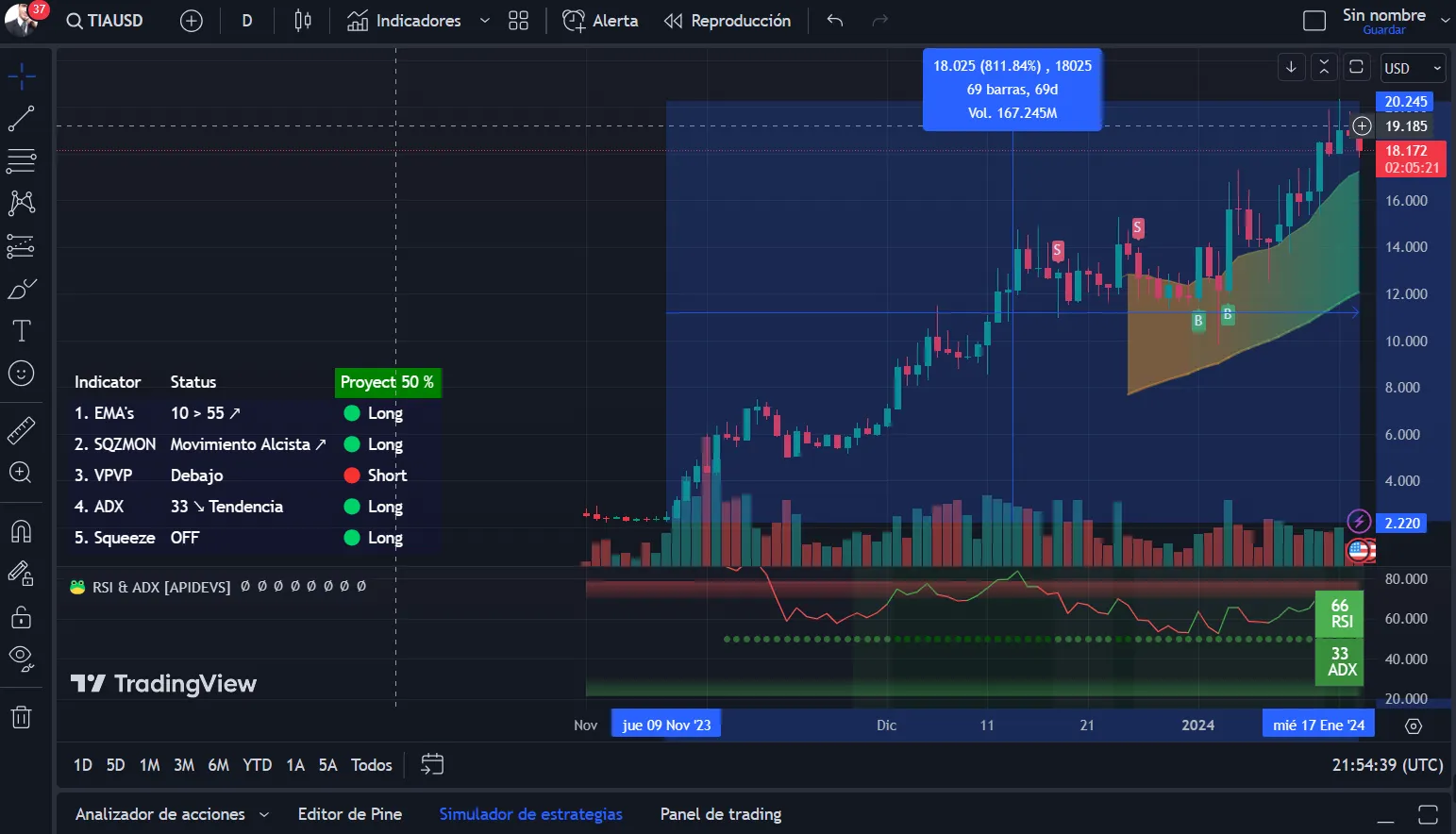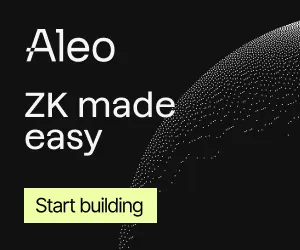
Now that the Bitcoin ETF craze has died down, investors big and small are already looking for the next hot property. Until the Bitcoin halving shakes things up, many cryptocurrency experts are watching Celestia, a new coin entering the top 50 with an interesting architecture and controversial leader.
Celestia’s native token, TIA, was launched following an airdrop in October 2023. Since then, TIA has skyrocketed, recording an impressive appreciation rate of 800%. The token has been one of the best-performing digital assets over the past 30 days, surging more than 10% in the past week and is currently near the $18 price range as per CoinGecko.



The green candle has become a hot topic in the community. according to Although it’s on CoinMarketCap, Celestia has also taken heat in the cryptocurrency ecosystem due to its founder’s controversial background. CEO Mustafa Al Bassam, known by the former hacker nickname ‘tFlow’, was a key member of the infamous hacking group LulzSec when he was a teenager.
The group was responsible for high-profile cyberattacks against targets including the CIA and Sony before its arrest in 2011.
Since then, Al-Bassam has been open about his hacking past, claiming that his favorite attack was hacking the Westboro Baptist Church live on his radio show.
My favorite hack wasn’t the CIA (it wasn’t even a hack, it was a DDoS) but it was the Westboro Baptist Church, which was a zero-day for a crappy PHP CMS that we hacked on our live radio show https://t.co. /HFEIhIVbVX
— Mustafa Al Bassam (@musalbas) January 15, 2024
Despite his early cybercrime activities, Al-Bassam studied computer science in college and is currently building Celestia, a new modular blockchain system. But with a resume like that, it’s clear that his return is making waves in the community.
How is Celestia different?
Celestia is a modular blockchain network that deviates from typical blockchain architectures by separating consensus and execution. This distinction is very important. In a traditional blockchain, all nodes verify both consensus (via block headers) and execution (all transactions are valid and valid state transitions occur). However, Celestia focuses on checking transaction availability and consensus in block headers rather than executing the transactions themselves.
This means that the chain does not verify transactions, but ensures that others can verify them.
Execution in Celestia occurs with the so-called “rollup”. Unlike monolithic blockchains where all transactions are verified on a single chain, in Celestia state transitions are verified in these rollups. This architecture uses several key technologies: The base layer uses erasure coding, namespaced Merkle trees, and data availability sampling to allow light clients to efficiently check transaction order and availability without having to process everything on-chain.
Rollup can publish transactions from a namespace to the base layer, and clients only need to download data relevant to their application.
By separating consensus and execution, Celestia aims to achieve a scalable and modular architecture.
The Celestia model is important because it does not require everything to happen in one chain. By splitting components into multiple layers, Celestia strives to allow many rollups and applications to efficiently share the underlying consensus layer.
This modular approach allows for greater scalability by offloading the computational burden required to execute transactions on the main chain. It also improves flexibility, allowing various applications to run on their own rollups without being constrained by the rules or performance of the main chain. This could lead to a more diverse and robust ecosystem of decentralized applications (dApps).
The team says they expect to soon be able to process 1GB blocks, enabling them to support global scale deployments. Although that goal may seem excessive now.
Edited by Ryan Ozawa.



